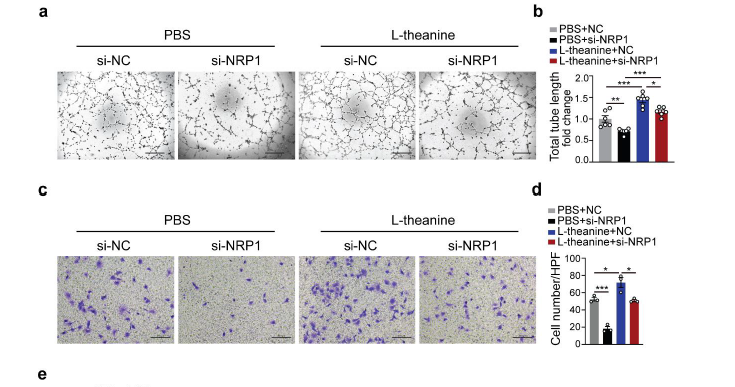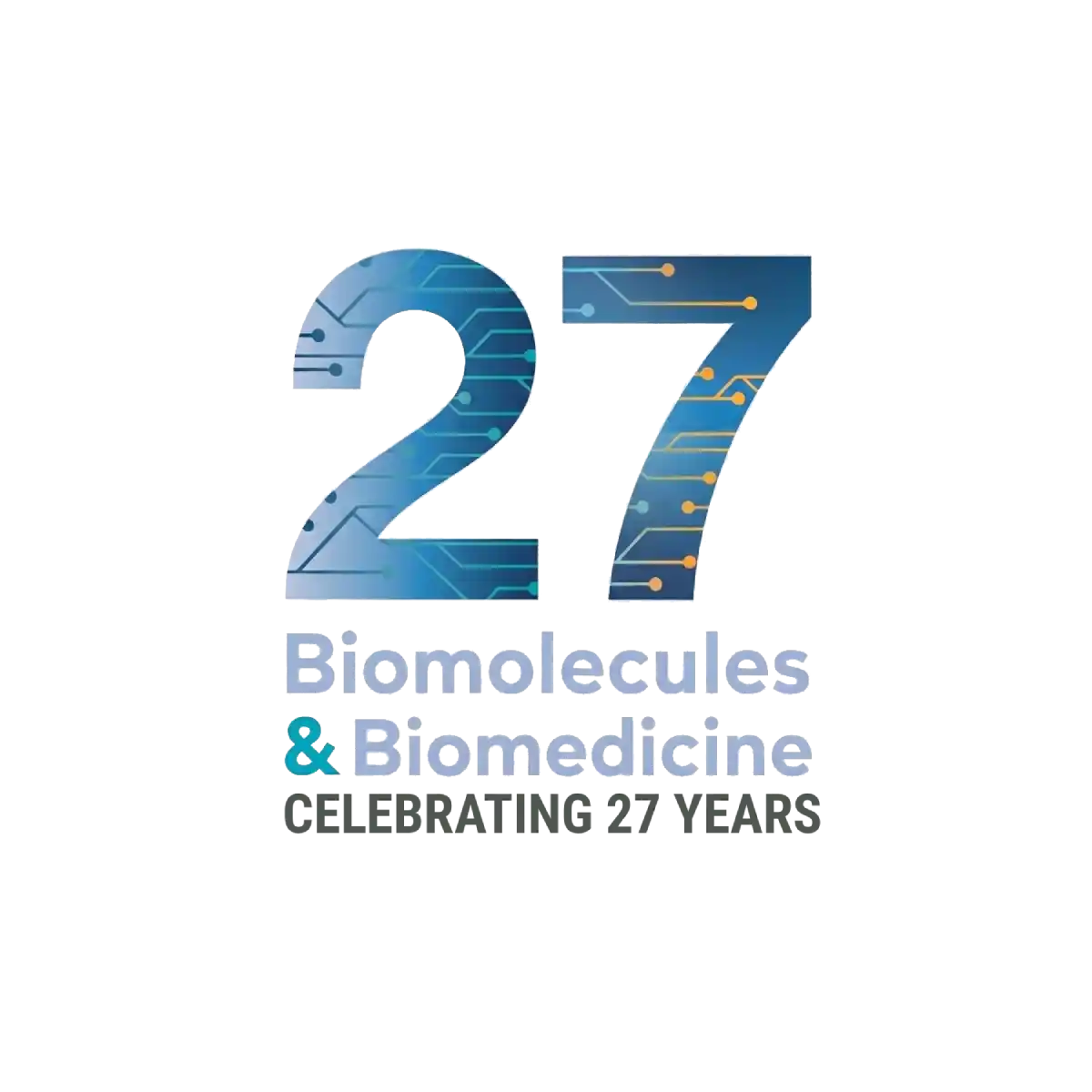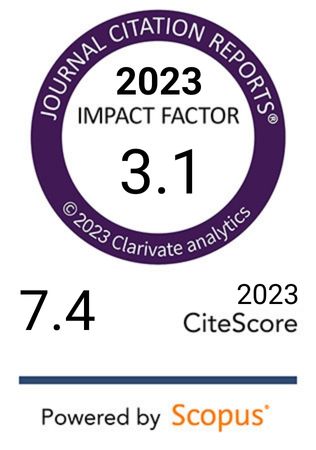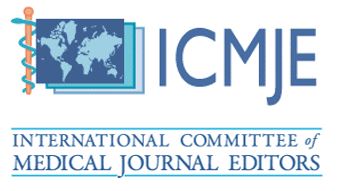L-theanine promotes angiogenesis in limb ischemic mice by modulating NRP1/VEGFR2 signaling
DOI:
https://doi.org/10.17305/bb.2024.11256Keywords:
Peripheral artery disease, PAD, angiogenesis, L-theanine, neuropilin-1, NRP1, vascular endothelial growth factor receptor 2, VEGFR2, NRP1/VEGFR2 signaling pathwayAbstract
Peripheral artery disease (PAD), primarily caused by atherosclerosis, leads to the narrowing or blockage of arteries that supply blood to the limbs. This study explores the pro-angiogenic effects of L-theanine and its underlying mechanisms in a mouse model of hindlimb ischemia (HLI). To evaluate L-theanine’s pro-angiogenic effects, human umbilical vein endothelial cells (HUVECs) were subjected to tube formation, migration, sprouting, and proliferation assays. In vivo, C57BL/6 mice with induced HLI were treated with L-theanine. Blood flow recovery was measured via Doppler ultrasound, and vascular density was analyzed using immunofluorescence staining. RNA sequencing identified neuropilin-1 (NRP1) as a key regulator, and the expression levels of NRP1 and VEGFR2 were examined through qPCR and Western blotting. L-theanine significantly enhanced angiogenesis in HUVECs, as demonstrated by improved tube formation, migration, sprouting, and proliferation. In mice, L-theanine treatment resulted in increased vessel density and improved blood flow recovery. Furthermore, L-theanine was found to activate the NRP1/VEGFR2 signaling pathway in both HUVECs and the HLI mouse model. These findings indicate that L-theanine can promote angiogenesis and activate key pathways involved in vascular repair, suggesting its potential as a therapeutic agent for treating vascular defects associated with PAD.
Citations
Downloads

Downloads
Published
Issue
Section
Categories
License
Copyright (c) 2025 Jingyi Wang, Yinghui Xu, Yating Ruan, Xinyang Hu

This work is licensed under a Creative Commons Attribution 4.0 International License.









